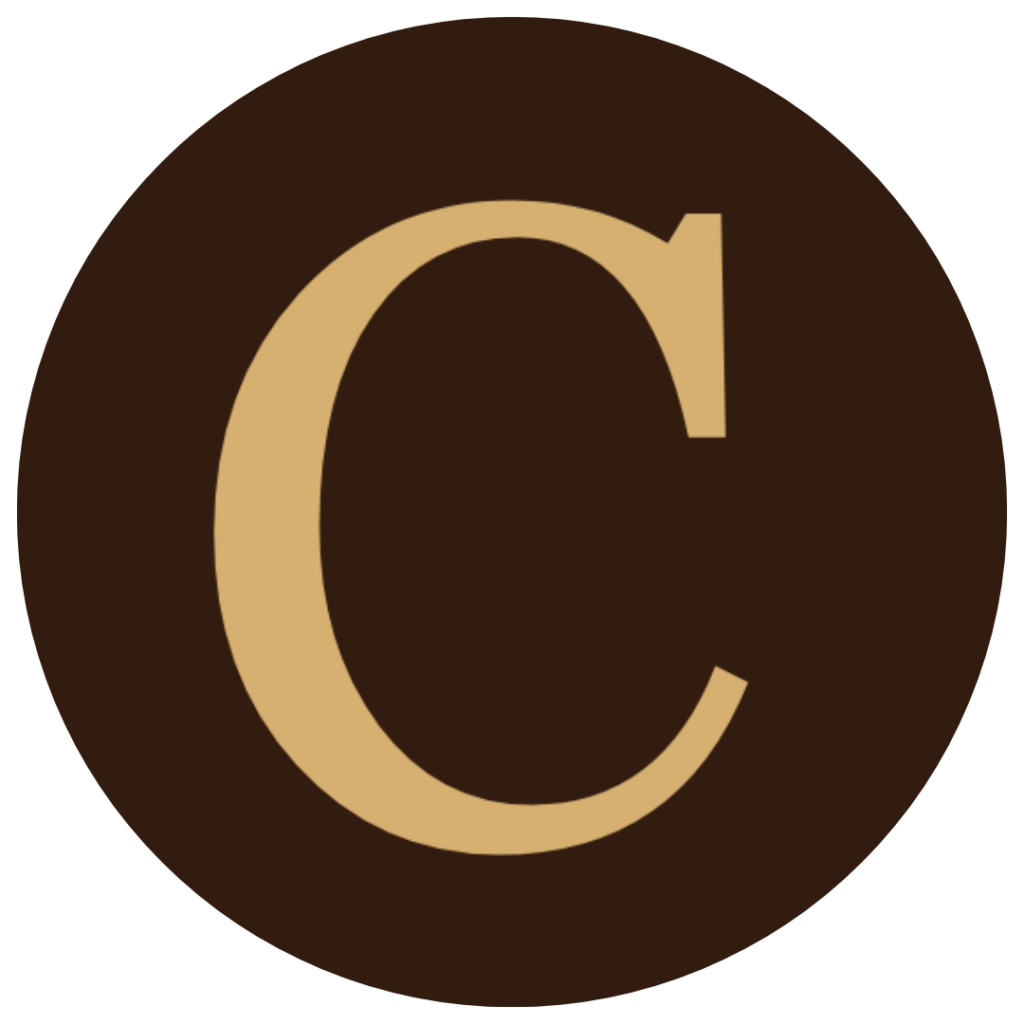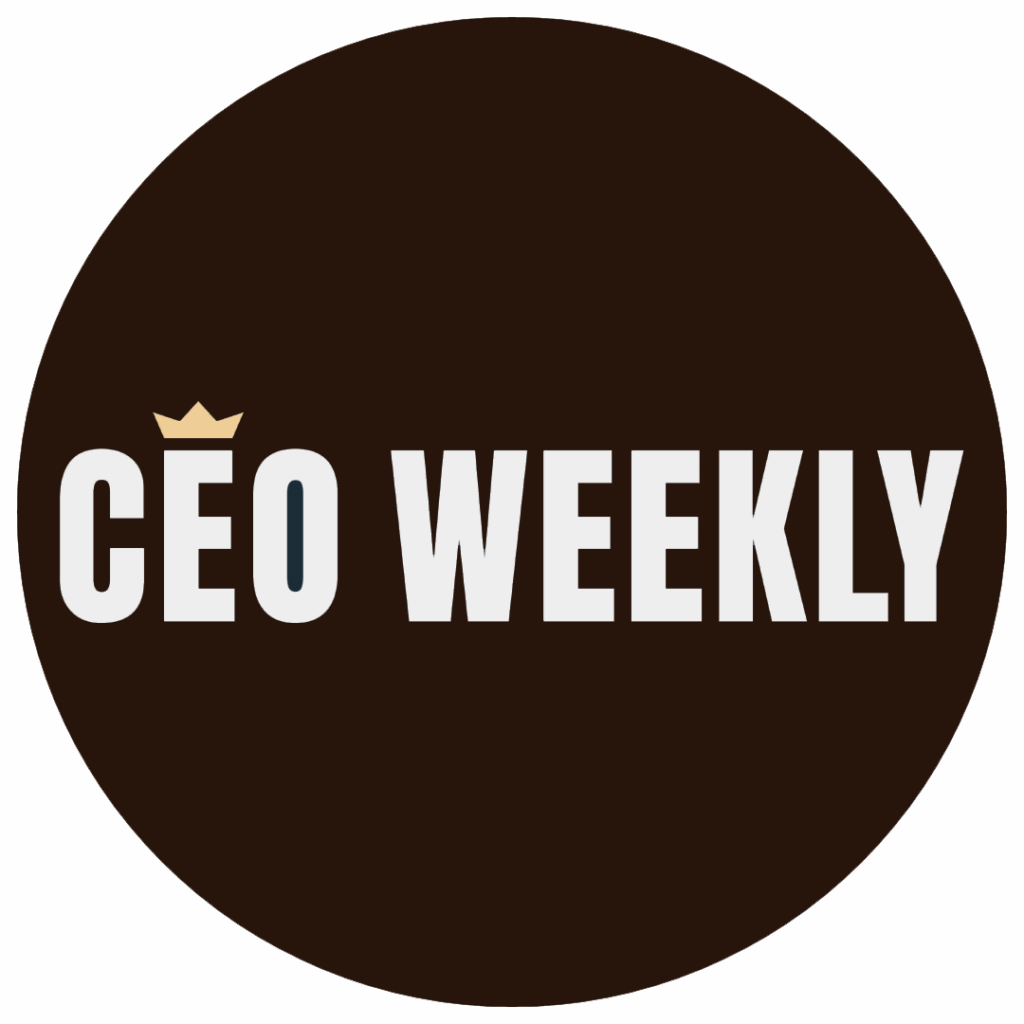By: Tom White
Every exceptional partnership has a unique dynamic, a yin and yang, where contrast breeds creativity and opposition feeds innovation. One sees structure, while the other sees a story. One builds the bones, and the other breathes life into them. This harmonious dissonance is the foundation of impactful brands. It’s exemplified by Rahul Khatri and Max Greenberg, the founders of Stoggles, Inc. Their opposing yet complementary paths converged to reimagine protective eyewear.
For Khatri, design was never only about decoration. It was a language he could finally speak after years of feeling lost in rigid educational systems. Attention deficit hyperactivity disorder (ADHD) and creative restlessness made him a misfit in traditional classrooms. Khatri’s escape came through design and technology, nurtured in a boarding school where computer-aided design (CAD) became his sanctuary. The power of CTRL+Z, the undo shortcut, was symbolic. “I thought to myself, ‘Wow. This is a world where I could take risks without permanent failure,” he shares.
Khatri’s big break, in the literal way, came years later. A devastating bus accident crushed his hand and paused his early career in product design. Nine surgeries and three years of physiotherapy followed, with a changed perspective on life and creativity.
Ever optimistic, Khatri persevered to move forward. His passion intensified, prompting him to seek mentorship under a legendary designer. He ended up helping design a solar-powered LED lamp for underserved rural communities. If there was a lesson this life-enhancing product taught him, it’s the unfortunate reality that world-changing ideas can fail without proper branding.
This realization stirred Khatri in another direction. “I worked hard to master not just design, but the communication of design,” he says. He turned down an opportunity in another country to pursue a Master of Science in Industrial Design and Design Strategy. There, he dove into human-centered methodologies and brand strategy, sharpening an interdisciplinary mindset. Khatri’s path from broken bones to breakthrough thinking makes him the emotional and strategic heart of Stoggles, as his story demonstrates resilience that demands reinvention.
Greenberg’s journey couldn’t have looked more different, at least on the surface. As someone from Connecticut with a strong foundation in mechanical engineering, he didn’t enter the design world with any grand artistic vision. A college project building a Baja-style off-road buggy changed everything. Greenberg discovered the thrill of marrying mechanical logic with creative expression.
That spark led him to the same design school where Khatri would later enroll. Greenberg realized that engineering and design weren’t mutually exclusive. They had a close and mutually supportive connection, and branding was the glue. “I began to understand that how a product felt to people, how it fit into their identities and desires, is just as important as how it functioned,” he shares. This realization pushed him toward entrepreneurship, where he first experimented with foldable sunglasses. Greenberg naturally gained experience in product launches, marketing, and digital growth.
If Khatri had shaped the soul of the brand, Greenberg would have built the engine that powered it forward. The latter handles systems, operations, and product performance in Stoggles, distilling complexity into clarity and executing it flawlessly.
“What makes our partnership so unique is that we know when to lead and when to let the other shine,” Khatri shares. Their opposing passions eliminate the silos that plague many startups.
However, the roles are interchangeable depending on the situation. Sometimes Khatri lives in ideas, emotional resonance, and user experience. Meanwhile, Greenberg lives in timelines, tolerances, and traction. Other times, the roles are reversed. This in-depth understanding of each other’s strengths brings comfort, an experience that each can lean on the other when needed.
Or in other words, “We both speak a common language of human-centered design,” says Khatri.
The founders’ chemistry defined Stoggles’ unique market proposition. Their idea to make safety glasses stylish ballooned into a cultural shift. Stoggles glasses are fashionable, comfortable, and emotionally intelligent, whether worn by healthcare workers, lab technicians, or everyday users seeking blue light protection. The brand combined ANSI-Z87-certified protection and playful, modern design, integrating features like blue light filtration, anti-fog coatings, and prescription compatibility. But importantly, Khatri notes upon their realization during COVID, “We empowered people, people that were saving lives. No matter how successful the business becomes, the fact that we played a part in the saving of HUMAN lives is a fact we will never forget.”
Product and purpose usually feel at odds. Stoggles is a rare example of both working in unison. This is possible because of the two founders who embody the very duality the brand designs for: logic and emotion, safety and style.









